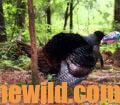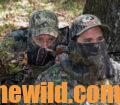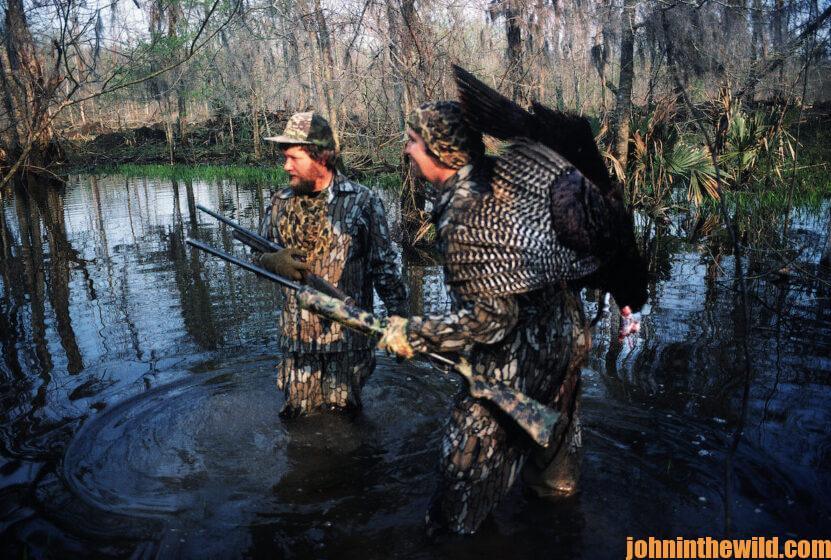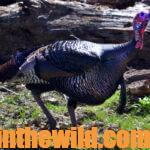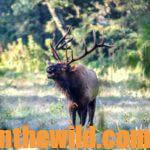Editor’s Note: The game of turkey hunting is played in the gobbler’s backyard and on his terms. The strategies required to bag a tom turkey often may make war games look simple. The hunters who have amassed the most techniques, encountered the most turkeys and know what to do when the turkey doesn’t do what he’s supposed to do, will come home with bronze barons for dinner more often than other hunters. By taking this turkey-hunting quiz and learning what to do to bag turkeys, you can sharpen the skills you’ll need in the woods when you play the game with the wisest wizards in the woods. (See the correct answer to each question at the end of each day).
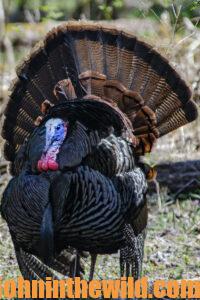 Question No. 1: To take a turkey, you must first find a turkey. If you’ve done preliminary scouting and located a feeding area, a roosting place and a strut zone, yet failed to encounter the bird there, where will you most likely find the turkey right after fly-down time?
Question No. 1: To take a turkey, you must first find a turkey. If you’ve done preliminary scouting and located a feeding area, a roosting place and a strut zone, yet failed to encounter the bird there, where will you most likely find the turkey right after fly-down time?
a) the feeding area.
b) the strutting zone.
Question No. 2: The opening morning of turkey season has arrived. You’ve scouted for turkeys for two days prior to the opening of the season. Because of bad weather, you haven’t heard a turkey gobble. You have put together no scouting plan that can tell you where the turkeys roost or feed. The only information you have to go on is that last year in this same woodlot you killed a gobbler. What should you do?
a) go to the place where you killed a gobbler last year.
b) keep attempting to make a turkey gobble.
c) continue to scout, knowing that if you don’t find a turkey, you’ll have more information to add to your hunt plan for the next day’s hunting.
d) go to areas where you think turkeys should be.
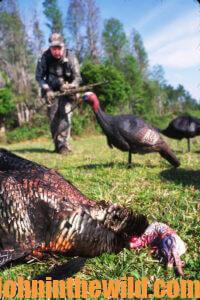
Question No 3: You’re hunting in a river-bottom swamp. You’ve located a turkey on the other side of a thigh-high slough. Which tactic will you use to take the bird?
a) try and call the turkey to the edge of the water and shoot him from the other side of the slough.
b) run upstream or downstream and hope you find a crossing point.
c) wade the slough and go to the turkey.
d) attempt to call the turkey across the slough.
ANSWERS:
Answer to Question No. 1: (b) the strutting zone. Oftentimes, because of weather conditions or hunter pressure, the turkey may not feed or roost in the same place every day. However, more than likely, unless that tom has been disturbed, he’ll frequent a specific strut zone at the same time each day. Many hunters listen for turkeys to gobble in strut zones all during the day and set-up timetables to try and intercept various turkeys at different strut zones throughout the day.
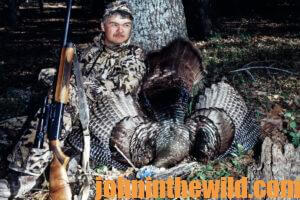
A typical strut-zone-hunting itinerary may read like this:
8:45 am – The Piney Woods Turkey’s strutting at the back of Bent the Creek cow pasture.
9:45 am – The Canebreak Gobbler’s strutting on a knoll of Elk Ridge.
10:57 am – The Beaver Pond Gobbler’s strutting between the cow pasture and a cornfield.
The hunter whose research tells him where and at what time these turkeys consistently will strut can put together a hunt plan, so that he hunts three different strut-zone turkeys at three distinct times of the day.
Answer to Question No. 2: (a) Go to the place where you killed a gobbler last year. Turkeys are creatures of habit, and they have a pecking order. When the dominant bird is harvested out of a flock, the next-dominant bird will become the dominant gobbler. Usually the new dominant bird will gobble and strut in the same area where his predecessors have gobbled and strutted, because the hens are already programed to come to this region during mating season to be bred. Therefore, the chances of killing a gobbler in the same place you’ve killed a gobbler the year before are extremely good.
Oftentimes you can take two gobblers in the same year in the same place. I’ve known fellows who have bagged as many as four gobblers, where the season permits, in the identical same spot in one season.
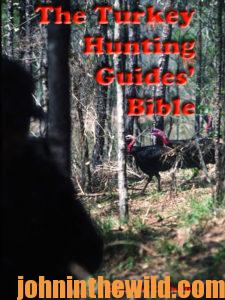 Answer to Question #3: (c) wade the slough and go to the turkey. Although I’ve known hunters who’ve used all the other tactics to move to turkeys, I believe that the best way to kill a turkey is to get close enough to call him and not put any natural obstructions like a creek or a slough between you and the turkey. If you’ve made the commitment to try and bag a turkey, then whatever is required to get into position to take a shot is part of the hunt.
Answer to Question #3: (c) wade the slough and go to the turkey. Although I’ve known hunters who’ve used all the other tactics to move to turkeys, I believe that the best way to kill a turkey is to get close enough to call him and not put any natural obstructions like a creek or a slough between you and the turkey. If you’ve made the commitment to try and bag a turkey, then whatever is required to get into position to take a shot is part of the hunt.
To learn more about hunting turkeys successfully, visit John E. Phillips’ Amazon book page at https://www.amazon.com/John-E.-Phillips/e/B001HP7K6O. For even more information from many of the top turkey hunters, callers and guides, go to the book, “Turkey Hunting Guides’ Bible,” at https://www.amazon.com/gp/product/B01ITWYY2K/ref=dbs_a_def_rwt_hsch_vapi_taft_p5_i10
and available in Kindle, print and Audible. You may have to copy and paste this link into your browser. (When you click on the book, notice on the left where Amazon says you can read and hear 10% of the book for free). On the right side of the page and below the offer for a free Audible trial, you can click on Buy the Audible book.
Tomorrow: You Can Fool Smart Turkeys

